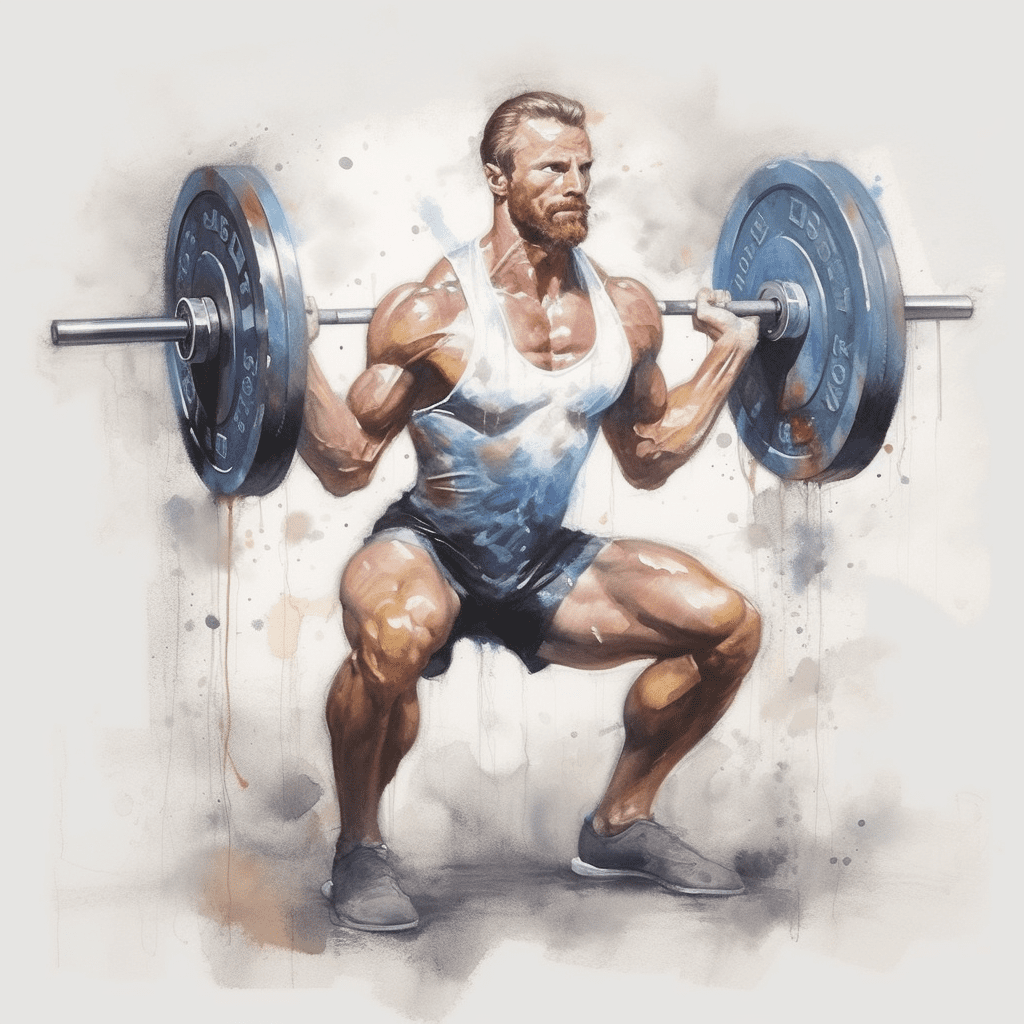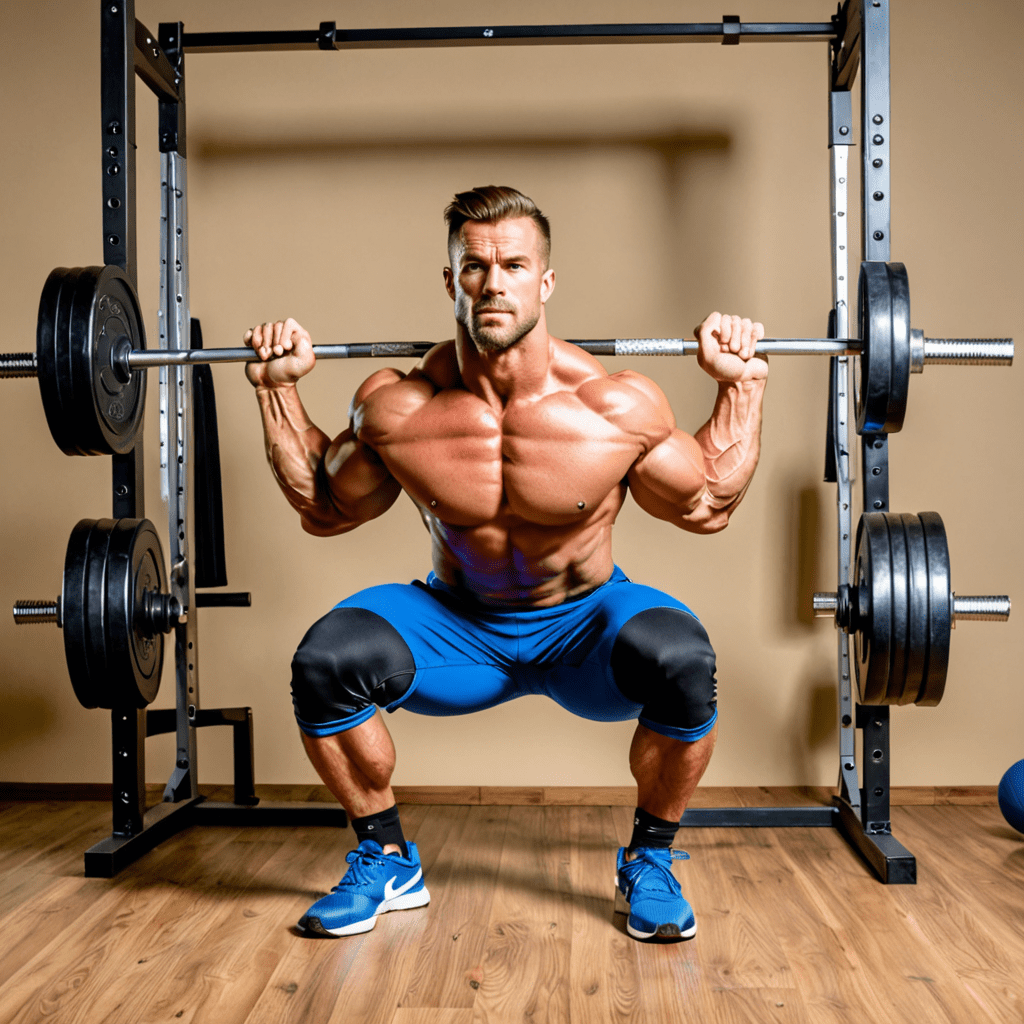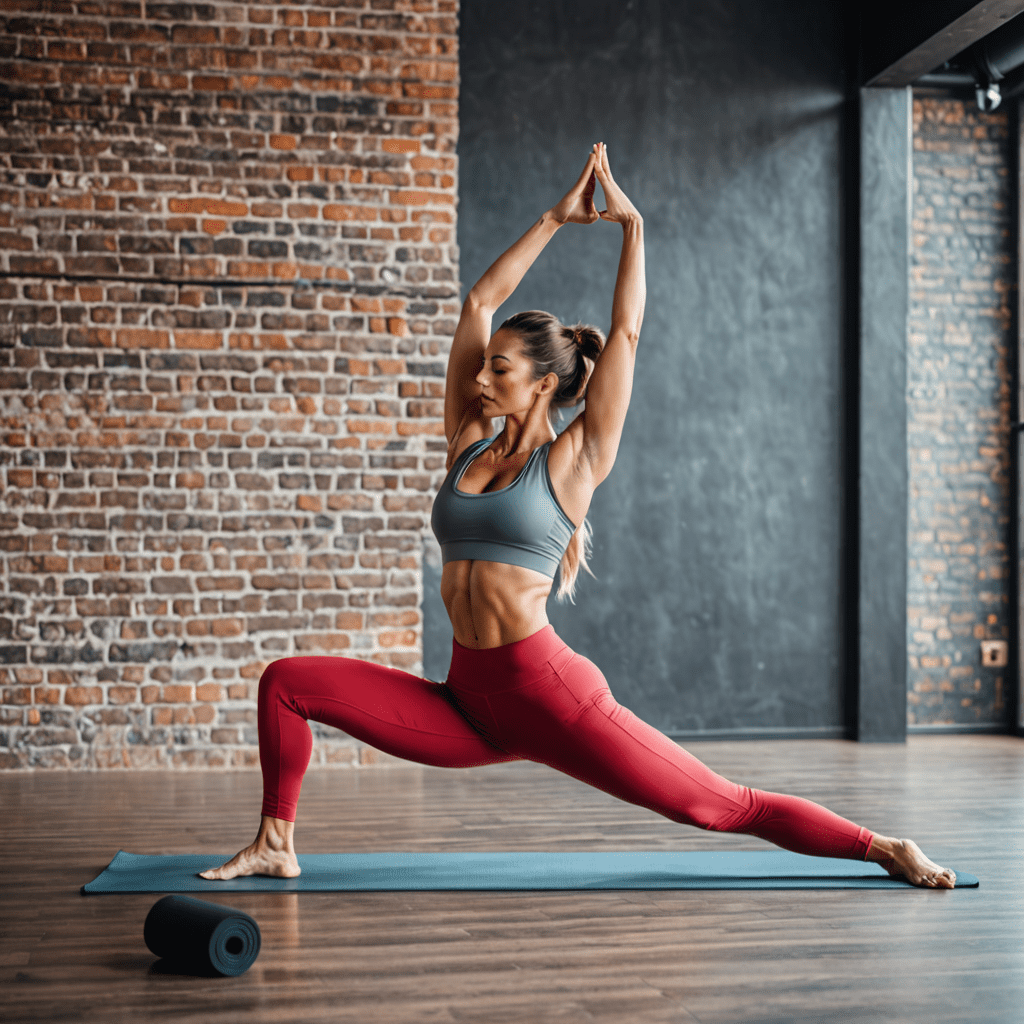
What Does Front Squat Work?
The front squat is a popular exercise in strength training and weightlifting. It is a variation of the traditional barbell squat, but with the barbell positioned in front of the body instead of on the back. This shift in barbell placement changes the dynamics of the exercise and targets different muscle groups. In this blog post, we will explore what the front squat works and its benefits.
1. Quadriceps
One of the primary muscle groups targeted during the front squat is the quadriceps. The quadriceps, commonly referred to as the quads, are a group of four muscles located at the front of the thigh. These muscles include the rectus femoris, vastus lateralis, vastus medialis, and vastus intermedius. The front squat engages the quads extensively, helping to develop strength, size, and muscular endurance in this crucial muscle group.
2. Glutes
In addition to the quadriceps, the front squat also activates the gluteal muscles, which include the gluteus maximus, gluteus medius, and gluteus minimus. These muscles are responsible for hip extension and stabilization. By incorporating the front squat into your workout routine, you can target and strengthen your glutes, improving overall lower body strength and athleticism.
3. Core
Maintaining proper posture and stability is essential during the front squat, and this requires significant activation of the core muscles. The core muscles, including the abdominal muscles, obliques, and lower back muscles, work together to stabilize the spine and enhance overall movement efficiency. By performing front squats, you can develop a stronger core, which not only aids in squatting but also supports other compound movements and everyday activities.
4. Upper Back and Shoulders
The front squat places a significant demand on the upper back and shoulder muscles. As the barbell is positioned in front of the body, the upper back muscles, including the erector spinae, rhomboids, and trapezius, work to maintain an upright posture and prevent the barbell from rolling forward. Additionally, the front squat engages the anterior deltoids, which are located on the front side of the shoulders. Strengthening these muscle groups can enhance overall posture, improve pulling movements, and promote upper body strength.
5. Balance and Stability
Performing front squats requires a higher degree of balance and stability compared to traditional back squats. The front-loaded barbell challenges your ability to maintain an upright position, especially during the eccentric (downward) phase of the squat. By regularly incorporating front squats into your training regimen, you can improve your balance, stability, and overall control over your body’s movement.
6. Range of Motion and Mobility
Front squats require a greater range of motion in the ankles, knees, and hips compared to other squat variations. By regularly performing front squats, you can work on improving flexibility and mobility in these joints. This can be particularly beneficial for athletes or individuals who participate in activities that require deep squatting positions, such as Olympic weightlifting or professional sports.
FAQ
Q: Can beginners perform front squats?
A: Yes, beginners can perform front squats. However, it is essential to focus on mastering proper form and technique before increasing the load. Start with lighter weights or even just the barbell itself to practice the movement pattern and gradually progress as your strength and confidence improve.
Q: Are front squats better than back squats?
A: Front squats and back squats are both effective exercises, but they target different muscle groups to a varying degree. Front squats emphasize the quadriceps, while back squats place more emphasis on the glutes and hamstrings. The choice between the two exercises depends on individual goals and preferences. Many individuals find it beneficial to incorporate both variations into their training routine for a more comprehensive lower body workout.
Q: Can front squats help with sports performance?
A: Yes, front squats can be beneficial for sports performance. The exercise improves lower body strength, power, and mobility, which are essential for many athletic activities. Additionally, the front squat’s emphasis on core stability and balance transfers well to sports that involve quick direction changes, jumps, and explosive movements.
Q: Should I consult a professional before attempting front squats?
A: If you are new to front squats or have any pre-existing medical conditions or injuries, it is recommended to consult a fitness professional, such as a certified personal trainer or strength and conditioning specialist. They can assess your physical condition, provide guidance on proper form and technique, and suggest appropriate modifications or progressions based on your individual needs and limitations.
In conclusion, the front squat is a highly beneficial exercise that targets various muscle groups in the lower body, core, upper back, and shoulders. It improves strength, stability, range of motion, and mobility, making it a valuable addition to any fitness routine. Whether you’re a seasoned weightlifter or new to strength training, incorporating front squats can help you achieve your fitness goals and enhance overall athleticism.


